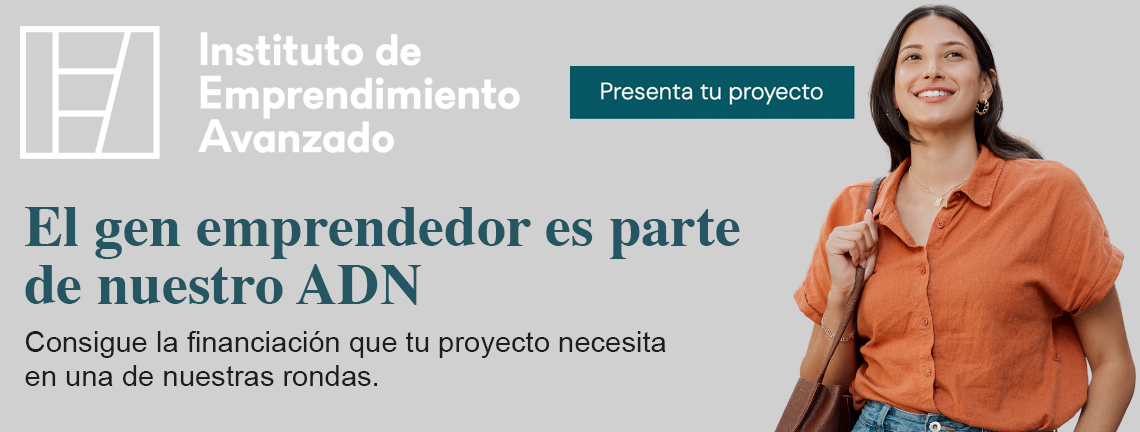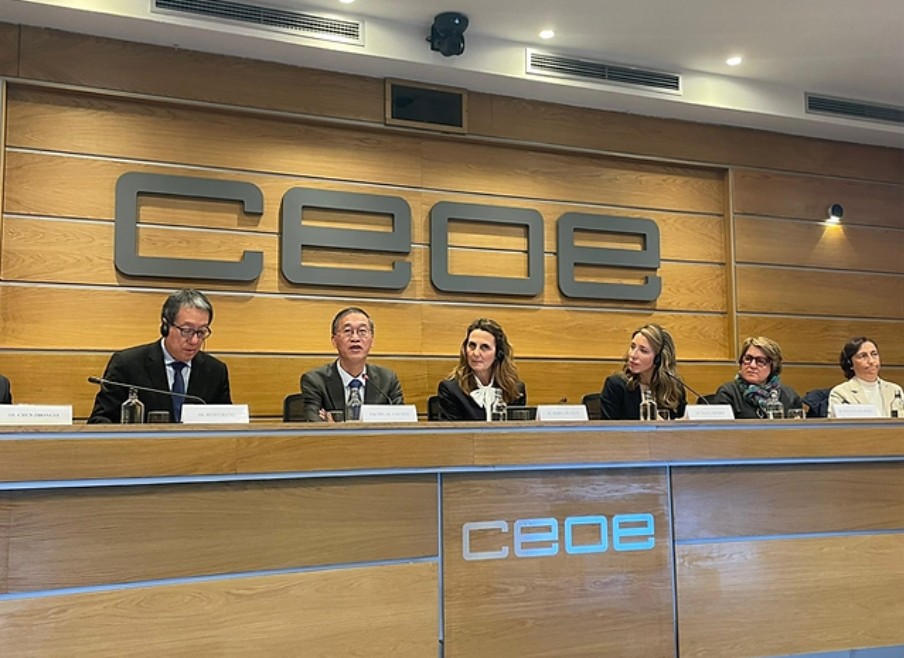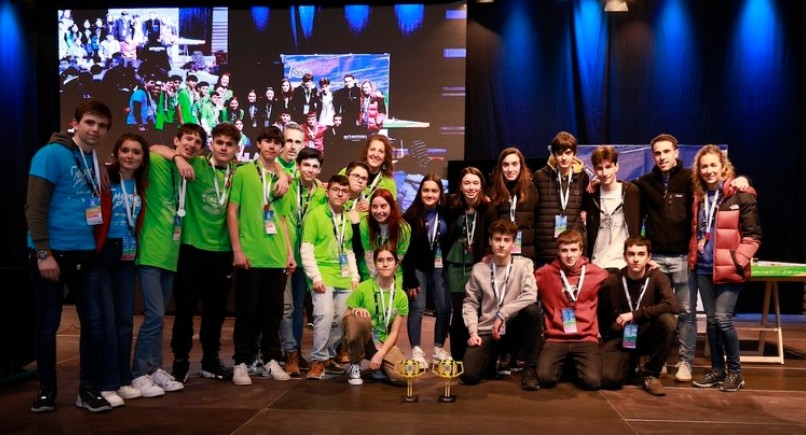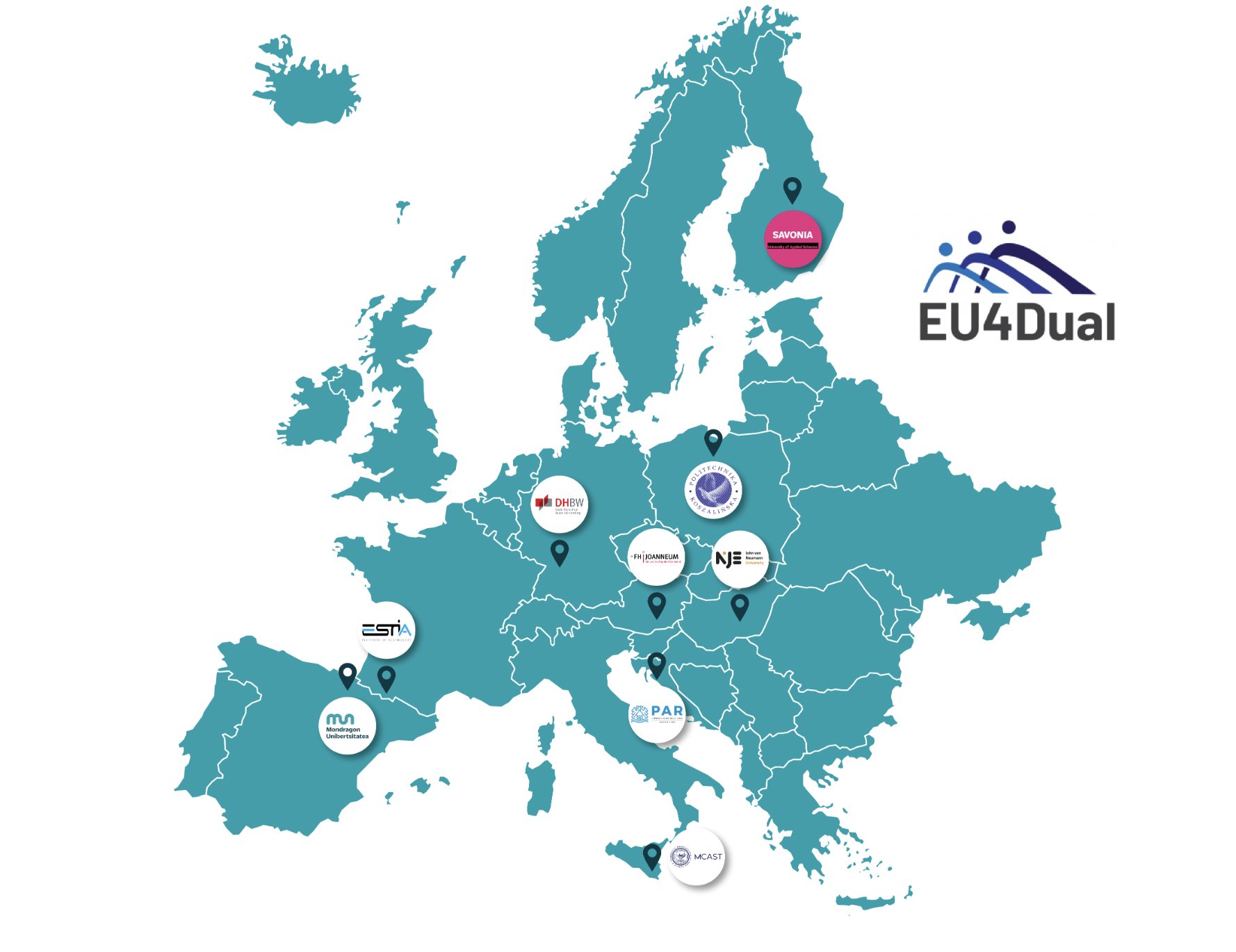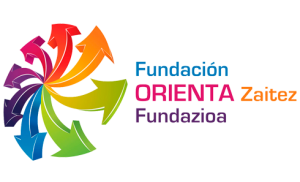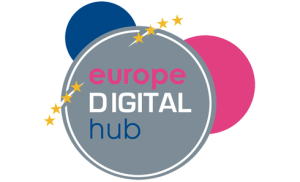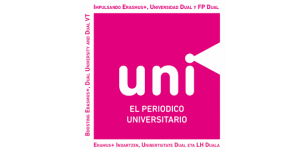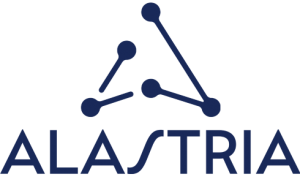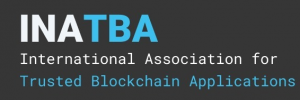Erasmus is the EU’s program to support education, training, youth and sport in Europe. Its budget of 14.7 billion euros – until 2020 – will offer study, experience acquisition and volunteering opportunities to more than 4 million Europeans.
The Erasmus program, which runs until 2020, is not aimed only at students. It has merged seven previous programs and offers opportunities to a wide variety of individuals and organizations.
Erasmus offers people of all ages the opportunity to develop and share knowledge and experiences in institutions and organizations in different countries.
The EU has been financing the Erasmus program for almost 30 years, which has allowed more than three million European students to carry out a part of their studies at another institution of higher education or with an organization in another country in Europe.
But Erasmus extends these opportunities to everyone: students, staff, fellows, teachers, volunteers, etc. It is not limited to Europe or Europeans. Erasmus offers opportunities to stakeholders around the world.
In the first place are the and the students. The studies abroad are an essential part of the Erasmus program and have demonstrated its positive effects on employment prospects later. They also represent an opportunity to improve the knowledge of languages, acquire independence and confidence in themselves and entered into new cultures.
Also, Erasmus offers possibilities of teaching in an educational institution abroad, both the teachers and other persons who are invited to share their knowledge and experience.
However, it should be noted that Erasmus offers to the staff of the educational sector training opportunities in matters both teachers and non-teachers. The training abroad may consist in observation of professional activities or specific courses.
Erasmus also helps to gain valuable work experience through internships abroad. Can ask for the help of Erasmus for practices university students and vocational training, the newly graduates and apprentices.
But Erasmus is open to all young people, not just those enrolled in education or training courses. With Erasmus you can volunteer in Europe or other places or participate in youth exchanges.
Finally, Erasmus contributes to the professional development of people working with young people through training periods or integration into networks abroad. Activities abroad may consist of training courses, study visits, observation of professional activities in organizations, etc.
Not only open to people
Erasmus offers opportunities to a wide range of organisations, including universities, education and training centres, think tanks, research centres and private companies.
Organizations that want to participate in Erasmus can do so through various networking development and integration activities, including strategically improving the professional skills of their staff, developing skills and building transnational cooperative partnerships with organizations in other countries to achieve innovative results or exchange good practices.
In addition, organizations should facilitate opportunities for mobility by learning students, workers, apprentices, volunteers, youth animators and young people.
Among the benefits that participating organizations derive are the greater capacity to manage theself in the international context, better management methods, access to more funding opportunities and projects, greater capacity to prepare, manage and follow projects and a more attractive variety of opportunities for students and staff.
In this regard, Erasmus carries out different actions aimed at organisations. Key Action 1 promotes the mobility of students, workers, volunteers, youth animators and young people. Organizations can send students and staff members to participating countries, or host students and staff members from participating countries, and organize teaching, training, learning and volunteering activities.
Key Action 2 is designed for the development of the education, training and youth sectors through five main activities:
- Strategic partnerships that promote innovation in the sector and joint initiatives to promote cooperation, peer learning and exchange of experience.
- Alliances for the knowledge to stimulate innovation in higher education along with businesses and contribute to new approaches to teaching and learning, to entrepreneurship in education and to the modernization of the higher education systems in Europe.
- Alliances for the sectoral expertise in order to deal with the shortcomings of professional competences and to better adapting vocational training to the needs of the labor market. There are opportunities for modernizing the FP, exchanging knowledge and practices, promote the work abroad and expand the recognition of qualifications.
- Capacity development in the field of higher education to promote the modernization, accessibility and the internationalization of higher education in the associated countries.
- Projects for the development of capacities in the field of youth to support work with young people, non-formal learning and volunteerism, in addition to the opportunities of non-formal learning with the associated countries.
On the other hand, key action 3 aims to increase the participation of young people in democratic life, especially through discussions with policy makers, and knowledge in the fields of education, training and youth.
There are also opportunities for teaching, research and debate on the EU and its policies in the Jean Monnet programme; and to finish there is also the promotion of sport, to conceive and carry out joint activities to promote physical exercise and innovative activities in this area, in addition to the organization of non-profit events aimed at promoting participation in sport.
Objective
Erasmus contributes to the Europe 2020 strategy for growth, employment, social justice and inclusion, and to the objectives of the strategic framework for European cooperation in the field of education and training (ET 2020).
Also wants to promote the sustainable development of the partner countries in the field of higher education and to contribute to the realization of the objectives of the EU strategy for youth.
Inside the program the following specific topics appear:
- Reduce unemployment, especially among young people
- Promote the education of adults, especially in the new competences and qualifications required by the labor market.
- Encourage young people to participate in the democratic life of Europe.
- Support innovation, cooperation and reforms.
- Reduce the school drop-out.
- To promote cooperation and mobility with the associated countries of the EU.
Erasmus is open to many people and organizations, although the admission criteria vary depending upon the action and the country.
Individuals can participate in many Erasmus-funded opportunities, although most do so through a programme-participating organisation. Admission criteria for individuals and organizations depend on the country where they are based.
The countries eligible to participate are divided into two groups: program countries and associated countries. The program countries can participate in all actions of Erasmus , while the associated countries can only participate in some and under certain conditions.
Key figures
Finally, these are some of the most important figures regarding the Erasmus + program:
- Total budget: 14.7 billion euros; In addition, 1,680 million euros have been mobilized through the EU budget for external action to finance actions with third countries (partner countries).
- Total mobility opportunities: More than 4 million people.
- Higher education: About 2 million students.
- Students of education and vocational training: About 650,000 students.
- Staff mobility: Nearly 800,000 teachers, teachers, trainers, educators and youth workers.
- Volunteer programs and exchange of young people: More than 500,000 young people.
- Loan guarantee mechanism for master’s studies: About 200,000 students.
- Joint Masters: More than 25,000 students.
- Strategic partnerships: About 25,000, bringing together 125,000 schools, vocational training institutions, higher education institutions and adults, youth organizations and businesses.
- Knowledge Alliances: More than 150, established by 1,500 higher education institutions and companies.
- Partnerships for sectoral competencies: More than 150, established by 2,000 vocational training providers and companies.

